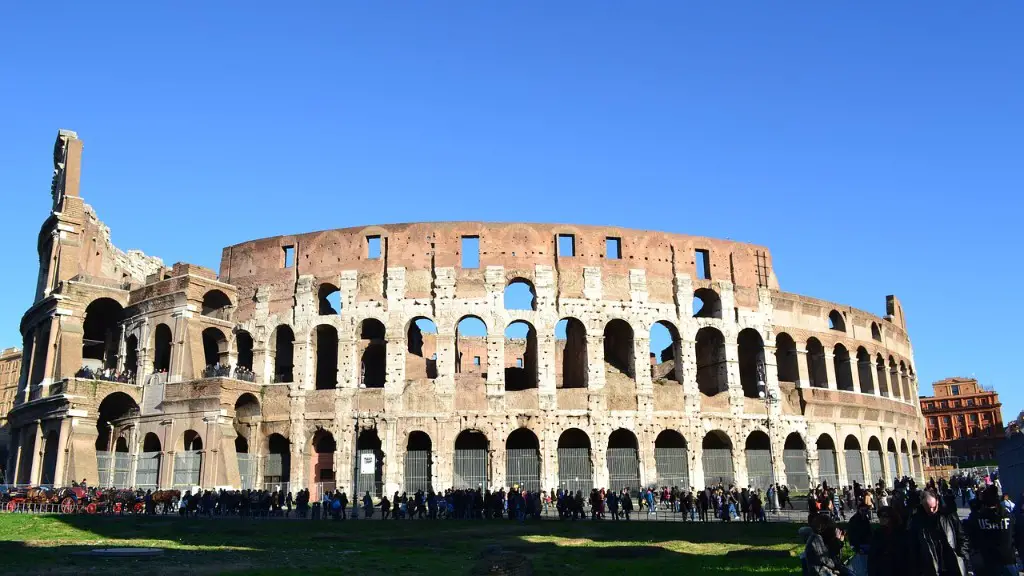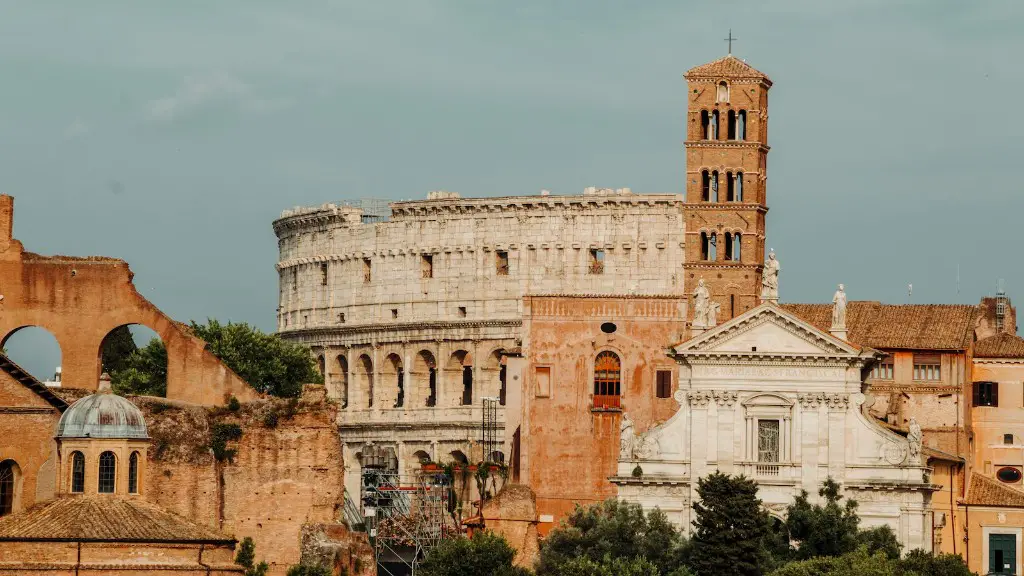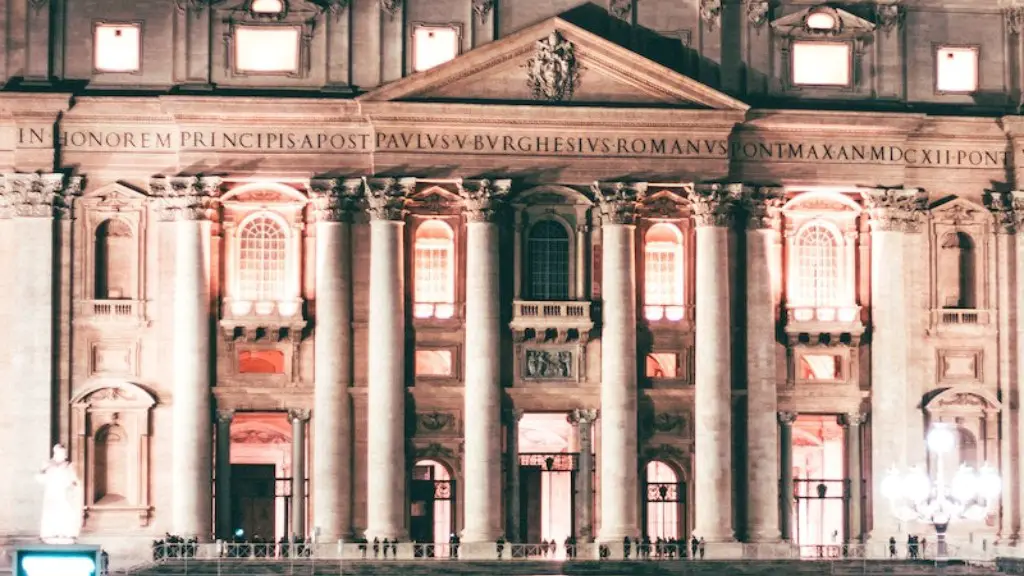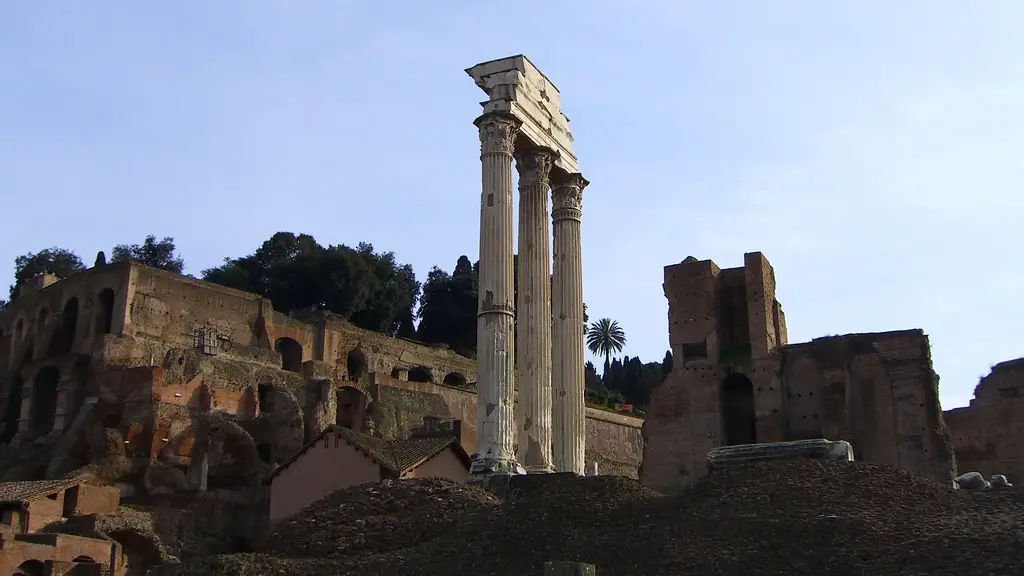Types of Races
In Ancient Rome, chariot racing was one of the most popular forms of entertainment. Unlike today’s Formula One races, these ancient Roman chariot races involved multiple chariots per race. The chariots were usually pulled by four horses, though sometimes two or three horses were used. The races were divided into two categories: single chariot races and quadrigas. Single chariot races saw competitors race against each other in a single chariot, driven by one driver, while the quadrigas pitted teams of drivers against one another, with each team using four chariots.
The charioteers, who were mainly slaves, trained for the races for months, in order to win the prestigious title of best charioteer in Rome. There were two main types of chariot racing in Ancient Rome: the Circus Maximus and the Circus Flaminius. The Circus Maximus was the larger of the two, with a capacity of up to 250,000 spectators. These races were incredibly dangerous and often deadly, as the drivers had to compete around a track with obstacles such as food vendors, statues, and horses. The Circus Flaminius was smaller, with a capacity of 45,000 spectators. These races were less dangerous and the chariots were usually just pulled by two horses.
Rules and Regulations
In order to compete in the races, the charioteers had to abide by a set of rules and regulations. They were not allowed to hit other chariots, use reins to whip their horses, or use anything more than their hands to control the horses. If a chariot driver was found to be violating the rules, he could be disqualified or even banned from competing for a period of time. The winner of the race was determined by the official race judges, who were appointed by the Roman authorities.
The ancient Romans also had certain rituals and ceremonies before the start of the races. The charioteers often made sacrifices to their gods. They also gave thanks to their families, friends, and supporters, who often helped them to train for the races. This was important, as it was believed that the gods would give them the strength and courage to succeed.
Popularity of Races
The popularity of chariot races in Ancient Rome cannot be overstated. Many Romans, both rich and poor, would flock to the arenas to watch the races and cheer on their favorites. Rich patrons would often spend a fortune on an extravagant chariot and horses, and could even hire their own charioteers. For the poor, the chariot races were a great source of entertainment, as they would often bet on their favorite chariots, hoping to win a small fortune.
The chariot races were often held in conjunction with other events, such as gladiatorial contests and plays. The races were especially popular among the younger Roman citizens, who would often dress up as charioteers and put on mock races at school. As the popularity of chariot racing grew, it began to influence popular culture as well. Many of the Roman gods, such as Mars and Jupiter, were often depicted as charioteers in art and literature.
Prizes and Winners
Winning a chariot race was a great honor, and the winners could expect to receive a variety of prizes. These prizes included money, fame, and even land. The charioteers who were successful often became celebrities and were even awarded titles such as “Consul”, “Imperator” and “Dux”, which carried a great deal of power and prestige. The most successful charioteers in Ancient Rome were often awarded public monuments in their honor. The most famous of these monuments was for the victorious charioteer Gaius Appuleius Diocles, which was a triumphal arch that was erected in Rome.
Legacy of Races
Chariot racing in Ancient Rome had a profound influence on the culture of the time. Not only was it an important form of entertainment, but it also taught the Ancient Romans lessons about competition, courage, and loyalty. The chariot races served as a reminder that Rome was a great and powerful empire, and that its citizens should strive to be the best in everything they did. The legacy of the Ancient Roman chariot races still lives on today in the form of modern horse racing, which is similar in many ways to the Ancient Roman chariot races.
Modern Adaptations
Today, chariot racing has been replaced by modern forms of racing, such as motor racing and horse racing. These new forms of racing are not as dangerous as the Ancient Roman chariot races were, but still retain some of the excitement of the original races. Chariot racing is still popular amongst some, especially in Italy, and some of the Ancient Roman rules and regulations still remain in place for modern chariot races.
Economic Impact
Chariot racing in Ancient Rome had a significant economic impact, as it generated large amounts of wealth. Large amounts of money were spent on chariots, horses, training, and betting. Rich patrons spent fortunes on carriages, chariots, and horses, while some of the poorer citizens would gamble their meager savings on chariots they thought would be successful.
The chariot races provided entertainment, income, and social status to many Ancient Romans, and they remain an iconic part of the culture today. The legacy of the races can still be seen in modern forms of racing and entertainment, and their influence can still be felt in the modern world.
Cultural Impact
The chariot races were an important part of Ancient Roman culture. The dramatic and exciting races were a popular form of entertainment, and many Roman gods and goddesses were depicted as charioteers in art and literature. The chariot races were also viewed as a way to demonstrate courage and power, and the victorious charioteers were awarded many honors and titles.
Chariot racing also had political implications, as it was often a form of battle between rival cities or countries. The wealthy patrons of the chariot races used them as a way to gain prestige and influence, and it was often used to promote political agendas. Even today, chariot racing is still seen as a way to demonstrate power and courage, and many people continue to take part in chariot races as part of their cultural identity.
Religious Implications
The chariot races of Ancient Rome were closely linked to religious beliefs. Many of the charioteers made sacrifices to the gods before the start of a race, in order to ensure they would win. The Ancient Romans also believed that the gods granted certain charioteers special powers and abilities, in order to aid them in winning the races.
The chariot races were also associated with the worship of certain gods. For example, the god Mars was often associated with charioteers, and it was believed that he granted them strength and courage. Other gods associated with chariot racing include Apollo, Hephaestus, Vulcan, and Poseidon. These gods were thought to be responsible for granting charioteers luck and success in the races.
Conclusion
In Ancient Rome, chariot racing was a popular form of entertainment that had a profound impact on the culture and economy of the time. It was closely linked to religious beliefs and provided a way for people to demonstrate their courage and power. Today, chariot racing has been replaced by modern forms of racing, but it continues to be an iconic part of the cultural identity of many people.




